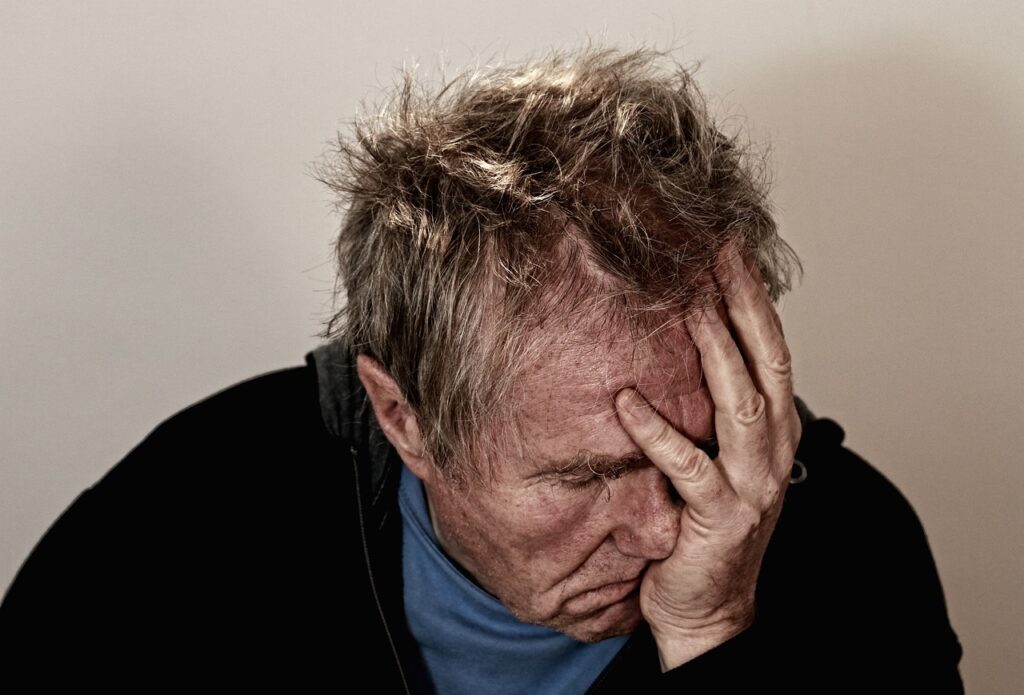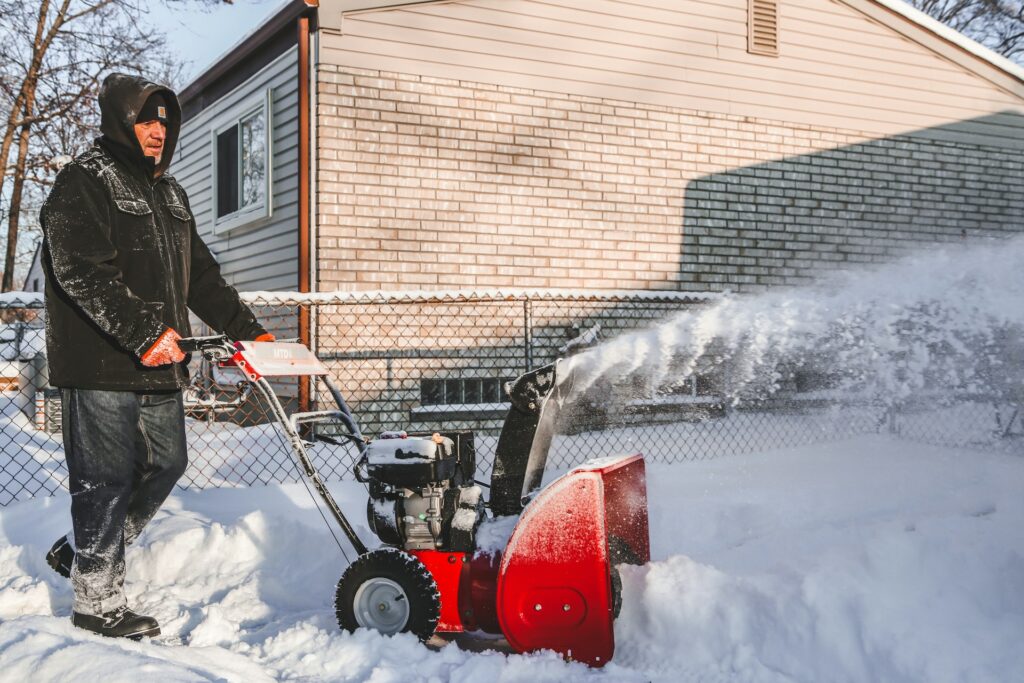To perfectly understand Kopophobia meaning, let’s carefully look into Phobias.
A persistent, irrational, and excessive fear of a thing, someone, an animal, an activity, or a circumstance is called a phobia. It falls under the category of anxiety disorders.
If anything causes them fear, a phobic will either attempt to avoid it or will suffer through it in excruciating pain and worry.
Phobias can have mildly bothersome or profoundly incapacitating effects. Although people with phobias usually understand that their fear is unfounded, they can’t do anything about it.
Relationships, careers, and educational goals may all be hampered by these anxieties.
It is estimated that 19 million Americans suffer from a phobia that interferes with their daily lives in some way.
Phobias, or fears,s can originate from both environmental and genetic sources. A child’s risk of having a phobia increases if they have a close relative with an anxiety disorder.
Anxiety can be triggered by upsetting experiences, like almost drowning.
Some common causes of phobias include being in confined spaces, climbing very high heights, and getting bitten by an animal or insect.
Now let’s consider Kopophobia meaning
As I said earlier, kopophobia meaning is the fear of stress or stress-related activities, is one unusual phobia under the category of anxiety disorders we have today.
Stress and fatigue are part of our everyday experience. While most people don’t enjoy being tired or anxious, it’s quite rare to come across someone who is terrified of these emotions.
We’ll discuss more about kopophobia meaning in this article.
Kopophobia Meaning

Kopophobia, meaning the fear of fatigue, is an unreasonable fear of being tired. The word “fatigue” is widely used and has several definitions. It typically refers to a state of exhaustion or low energy.
There are three types of fatigue: mental, emotional, and physical. When the body is worn out and needs to rest, it is called physical fatigue. When the mind needs to rest and rejuvenate, it is said to experience mental fatigue.
When feelings become worn out and overpowering, it is called emotional fatigue.
Exhaustion or fatigue can stem from a variety of factors, such as stress, inadequate sleep, an unhealthy diet, and underlying medical issues. Have you ever experienced fatigue in any form?
Kopophobia meaning the fear of anything stress is a syndrome that indicates that just mere thoughts about exhaustion, without experiencing it, can cause a great deal of worry or anxiety in the individual who has it.
People with this anxiety may suffer from full-blown panic attacks. It is normal for people with kopophobia to go to great lengths to keep themselves away from the things that scare them, such as stress or fatigue.
Those who are kopophobic may go over and above in their avoidance by making sure they are never exposed to any form of exhaustion.
To prevent fatigue, a person with this condition would refuse to perform any kind of labor or engage in any strenuous activity.
This might have an impact on their work, academic performance, or even how they act around others who put in a lot of effort to the point of exhaustion.
Symptoms of Kopophobia.
People who suffer from Kopophobia exhibit different symptoms listed below;
- Increased heart rate.
- High blood pressure.
- Excessive sweating.
- Uncontrolled breathing and trembling.
- Muscle tension.
- Constantly avoiding strenuous physical activities.
- Anxiety when thinking about stress, amongst many other symptoms.
Causes of Kopophobia
There are several ideas on the etiology of phobias. One idea holds that people develop phobias via witnessing other people’s fear or from bad experiences themselves.
There is an alternative idea that proposes a genetic or brain chemistry connection to phobias. And finally, some studies think that a person’s personality or past experiences have something to do with their phobias.
Phobias can occasionally be linked to a particular traumatic incident or event in a person’s life. It might not always be evident why a person has a phobia. Have you ever wondered why you have the phobias you do, if any?
Kopophobia meaning fear of strenuous activities has no known specific cause, which is similar to a few other phobias.
Nevertheless, it is believed that a person’s environment and genetics may contribute significantly to the development of this condition.
The likelihood of someone developing kopophobia, for example, may increase if there is a family history of mental illnesses, particularly with specific phobias and anxiety disorders.
Treatments of Kopophobia.

There are indeed no known causes of kopophobia meaning the fear or worry of being stressed or fatigued, and there are also no known therapies for the disorder either.
However, there are still a variety of treatments available that can assist in greatly reducing the number of kopophobia symptoms. Cognitive behavioral therapy (CBT), exposure therapy, and some psychiatric drugs are a few of these treatments.
1. Exposure Therapy
Treating phobias using exposure therapy is one of the most used methods. Working with the patient one-on-one for a predetermined amount of time, the therapist gradually exposes them to their fear.
To treat kopophobia, the therapist may first show the patient pictures of a fatigued person before exposing them to any kind of strenuous physical activity.
To assist the patient in becoming desensitized to their fear, this would all be done in multiple exposures. Well, you should know that an individual phobia gradually lessens the more they are exposed to it.
2. Cognitive behavioral therapy (CBT)
About a specific fear or concern, cognitive behavioral therapy (CBT) involves the therapist working with the patient to identify the reasons behind their thoughts, feelings, and behaviors.
Participating in CBT for kopophobia will teach the patient, among other things, why they believe the way they do about their fear.
Knowing these things could make it easier for a kopophobic to face their fear of exhaustion more realistically.
3. Dialectical Behavior Therapy (DBT) for Kopophobia.
Now, DBT is another effective kind of treatment for people struggling with regulating their emotions.
Half-smiling is a very useful DBT technique for assisting someone who has kopophobia. The way this technique works is that you concentrate on what worries or fears you as you raise the corners of your mouth slightly and smile—hence the term “half-smiling.”
It’s not enough to simply consider your fear while wearing a half-smile, you also need to make an effort to ignore any unpleasant feelings that your particular fear could arouse.
4. Reduction of Caffeine for Kopophobia.
It’s no secret that ingesting a lot of coffee during the day might contribute to increased anxiety. Examining the effects of caffeine on the physiology of our bodies would make us understand better.
An excessive amount of coffee makes our hearts beat more quickly and makes us nervous. In essence, our bodies will start to prepare for a “fight or flight” reaction. Anxiety attacks are frequently preceded by such a state of mind in kopophobics.
Reducing some of the symptoms linked to kopophobia may be possible if you become more aware of how much coffee you consume each day.
These are just a few of the many treatment options to tackle kopophobia meaning the fear or anxiety of fatigue or stress-related activities.
Conclusion
If you have Kopophobia or you know anyone experiencing these symptoms it is advised to see a doctor or therapist, so that they can choose the best treatment method for you.
I’m sure you enjoyed learning a lot about Kopophobia’s meaning, causes, symptoms, and treatments.




